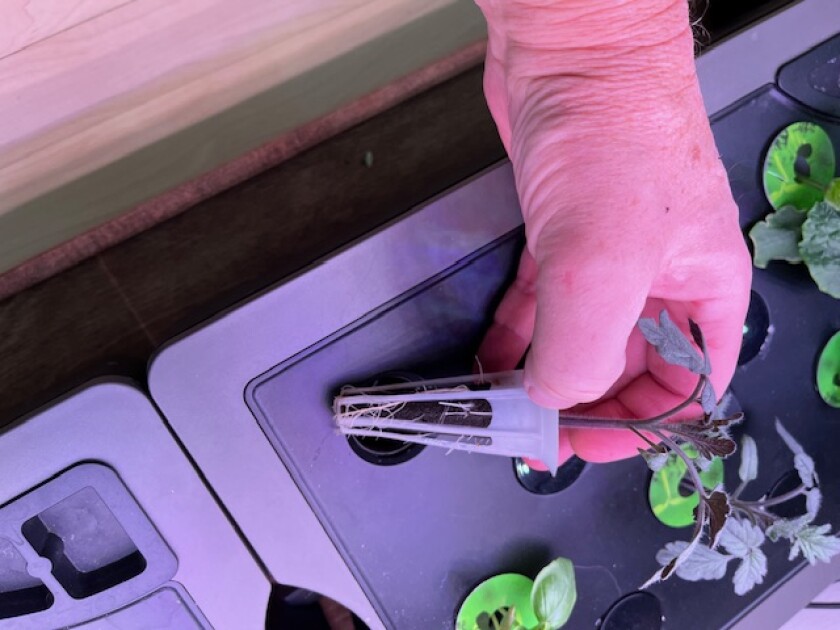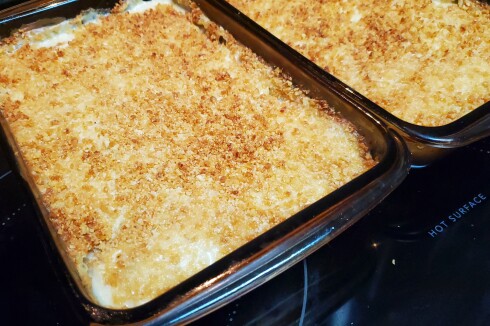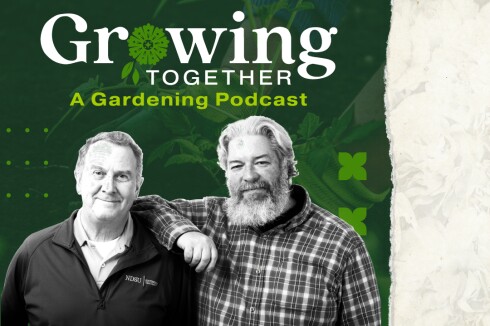Q: I thought you might be interested in my hydroponic garden. The plants in the photo germinated in four days and are now 14 days old. I have a mini cucumber, four tomato plants and basil. Last year, I had cherry tomatoes most of the winter. — Jeff Hoss.
A: You caught my attention immediately, Jeff, with your homegrown cherry tomatoes for most of last winter. I can almost taste them!
ADVERTISEMENT
I asked Jeff to describe his hydroponic system and the process. Jeff replied: “The process is really fun. The unit is made by Aerogarden. My kids gave me a small tabletop garden with six seedling spots. I started a couple of seeds, and within 14 days I bought a second table unit.
“I’ve enjoyed watching the plants grow, and I’ve found that seeds germinate so much faster than they do when I start them in soil. I liked these units so much that I bought a third unit called a Farm 24 XL that stands about 4 feet tall and will hold up to 24 plants.
“The plants in this unit can grow up to 3 feet tall. The grow lights are positional and there is a LED control panel on the top of the machine that tells me when the water level is low, and when to add fertilizer.
“The process is really simple, and the supplies are simple, too. The unit comes with some cone-shaped moss that fits inside a plastic holder. You simply place a seed in the bottom of the cone and place it in the plastic holder so the moss is in the water.

“I set my light to be on 15 hours a day and place them as close to the plants as possible. Four or five days later, the seeds start to germinate.
“In the winter, I grow tomatoes and basil. I keep about three tomato plants in the system and use a trellis to help with stability. When they start to bloom, I use a child’s battery-powered toothbrush and hold it against a blossom to pollenate. Then I just wait and see.”
Thanks, Jeff, for the inspiration. I’ve heard many good things about these all-in-one units that combine the light source and the hydroponic growing system.
ADVERTISEMENT
What a wonderful way to enjoy gardening, especially during the winter months.
Q: I’m new to growing clematis. Last year, we planted a Jackman clematis with the purple flowers, and it grew quite well on our trellis. But now the rabbits are eating away at the vines, nibbling as far up as they can reach, and they’ve cut if off near ground level. What’s going to happen to it? — Jake P.
A: You are in luck. Jackman clematis grows back from near ground level every spring, so the rabbit activity this winter will have little or no impact.
We have several well-established Jackman clematis vines, growing on trellises attached to our east-facing garage wall. And each winter the rabbits consume everything they can reach.
The recommended way to grow Jackman clematis is to allow the vines to remain on the trellis over winter, and prune it all the way down to about 6 inches in early spring, before growth begins. Shoots emerge from the root system and occasionally from the lower stem sections.
In the case of clematis, rabbits do us a favor by pruning the vines down by the end of winter. What they can’t reach becomes detached and often blows off the trellis. By spring, I rarely need to prune our clematis down to the recommended level. The rabbits have accomplished it.
I might add that’s about the only favor rabbits provide, other than possibly some fertilizer.
ADVERTISEMENT
If you have a gardening or lawn care question, email Don Kinzler, NDSU Extension-Cass County, at donald.kinzler@ndsu.edu . Questions with broad appeal may be published, so please include your name, city and state for appropriate advice.













